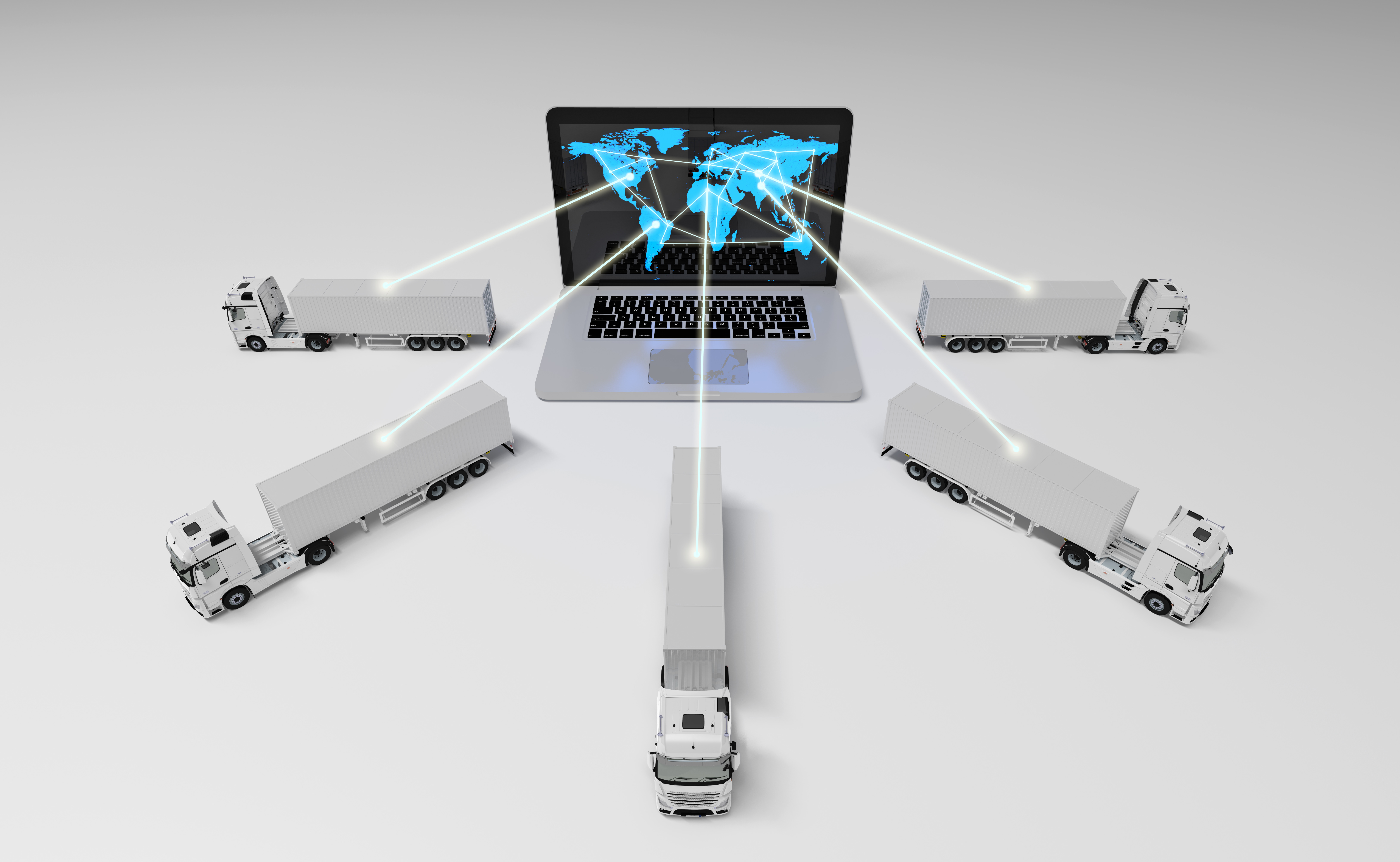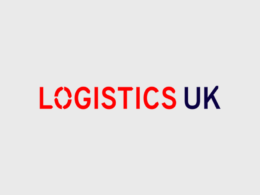Managing a fleet effectively, whether small or large, is often a costly process. With so many costs to consider, from insurance to maintenance to wear and tear, fleet managers should prioritise cost-effective management strategies to improve efficiency and create significant savings.
Luckily, there are a few ways to ensure your fleet becomes a cost-effective, efficient powerhouse – saving you time, money and valuable resources.
Choose the right ownership type
There are a number of different ownership types for fleets, each with their own advantages and disadvantages. Choosing the right one for your fleet can turn into significant savings for your business.
One method is company car ownership, meaning your business directly owns and provides the car to a specific employee. The benefit of this method is the direct control over your fleet, but it also means high acquisition cost and asset value depreciation.
Another option is pool cars, which are used by any and all employees, as long as the vehicle is available. Pool cars provide flexibility in terms of who is able to drive them, but they have to be picked up and dropped off from the same place, most often the workplace. This can be inconvenient if the driver’s destination is far away from the location of the pool car.
Grey fleet is another term for vehicles owned by employees but used for the business, either in part or fully. Grey fleets keep the maintenance and acquisition costs low, but are unreliable as servicing and monitoring the condition of the car is not in the company’s control.
It is also possible to lease all fleet vehicles, making management and maintenance easier, but it means being tied to contracts, and having limited control over the vehicles in terms of branding and insurance.
It’s important to choose the right ownership type, and most likely your strategy will consist of employing multiple methods rather than just one. Some things to consider when choosing your ownership type are the kilometers driven by employees each year, length of journeys, and whether it is necessary for employers to have permanent access to a car.
Educate and encourage better driving
Simply improving driver behaviour can result in savings of up to 10 per cent, going as high as 20 per cent for particularly aggressive drivers.
Fleet managers should actively be trying to encourage better driving behaviour, particularly in areas such as speed, idling and coasting, to deliver more effective cost and road risk management.
Idling, or keeping the engine running on a stationary car, is a major culprit of fuel consumption. For delivery vehicles or any drivers who need to do a lot of waiting around, engines are often left running, usually to keep the radio and air conditioner on. Encouraging drivers to switch the engine off when stationary can lead to a significant decrease in fuel usage, saving money and time spent constantly stopping at service stations.
Educating fleet drivers about avoiding coasting can also help save fuel costs and reducing wear and tear on tyres. Coasting is the practice of keeping your foot on the accelerator and braking only when required. The better approach to drive more efficiently is to take your foot off the accelerator once you begin approaching a stop, allowing the car to slow down by itself.
These may seem useless or too small to worry about, but large fleets in particular can really benefit from the savings these little changes can bring. When it’s as simple as hosting an education session or sending reminders every so often, what is there to lose?
Connect the drivers to the office
It can be difficult to monitor fleet vehicles as a manager unless an integrated telematics solution is put in place to connect drivers to the back office.
A fleet management solution can help reduce fleet costs and improve efficiency, through direct driver feedback and office reporting. This technology gives managers a real-time overview of their fleet, which allows for direct monitoring of performance indicators such as driver behaviour, routing, and time management.
This information can then be used to make informed decisions regarding the performance of your fleet. It’s not uncommon to find the telematics solution improving efficiency to such an extent that the business can cut back its car fleet, saving money in ownership and maintenance costs.
Other advantages of fleet management solutions include mileage reports, which allow you to schedule vehicle services, along with enabling significantly reduced premiums with certain insurance providers, due to being able to prove improvement in driver behaviour with the recorded data.
Automate your administration systems
Another way technology can provide significant improvements is by integrating it with administration systems.
Routine tasks such as invoicing, billing, routing, scheduling, expense management, service and maintenance reminders, and vehicle checks can all be streamlined through the use of a fleet management solution. This frees up time and allows your office staff to focus on other valuable tasks.
To efficiently manage a fleet and cut costs, managers need to take a step back and evaluate any changes which would increase fleet efficiency. Whether these changes are significant, such as installing a fleet-wide management solution, or something smaller such as educating employees on safer driving behaviours, having an efficient fleet starts in the manager’s office.
There is no doubt, technology can help fleet managers reduce the costs of their fleet, through real-time insight, data analytics and improved efficiencies. Tools are available to help fleet managers find out whether these solutions will deliver ROI.
There are many ways fleet managers can save costs on their fleets, from picking the right car, to improving driving behaviour, to using the latest technology. Ensuring you have the right pieces of the puzzle in the right place, will help you save in the long run.













